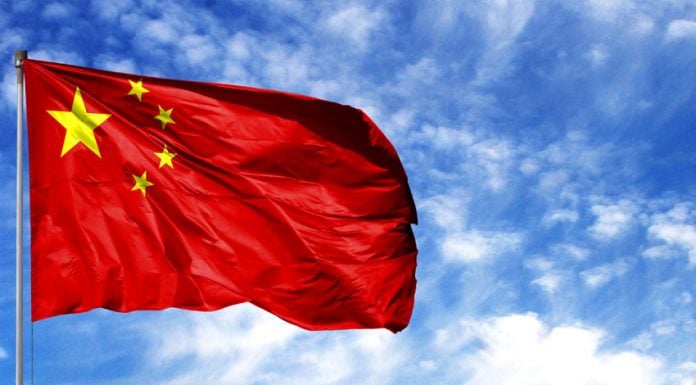Dubbing the Chinese programme to launch an international project to restore grottoes Buddhist caves, hewn out of cliffs, often bearing intricate wall paintings – along the ancient Silk Road is a deeply flawed step, just as mere propaganda India has denounced any success of any such programme sans India.
China's National Cultural Heritage Administration has signed an agreement with Pakistan, Afghanistan and Iran to improve cross-border exchanges on the conservation of grotto temples.
According to reports from Pakistan, about 635 grotto sites have been newly found across China in the first nationwide investigation on the status of these ancient locations. The findings followed a September 2020 study, which revealed that there are 5,986 grotto sites in the country. Of these 288 sites have a national-level key heritage site status, while 417 have been listed for provincial-level protection.
The grotto sites represent a powerful spiritual connection between India and China. One of the foremost examples of the permeation of Indian Buddhist cave art into China are the Magao caves in Dunhuang, China.
Hewn out of solid rock in the middle of the bone-dry Gobi Desert, hundreds of caves, whose walls have been intricately painted along with magnificent statues are part of the international Buddhist route that originates from India. The Dunhuang caves bear a strong resemblance to India's magnificent Ajanta caves, which predate the Chinese construction.
Buddhist monks, merchants, and artists undaunted by brigands and natural barriers travelled from India along the famous “southern route” which joined the main Silk Route artery that began from Xian in the east to Venice in the west.
The southern Silk originates from the Maharashtra coast, then heads northwards towards Leh, crosses the Karakoram Pass and heads in the direction of Kashgar in Xinjiang. From there it heads towards Yarkand, enters the famous Jade gate, and threads its way to the Dunhuang oasis.
In an apparent exercise of cultural appropriation, instead of India, China is projecting itself as the epicentre, magnifying the entrenchment of Buddhism in the Gandhara art sites in today's Pakistan, instead of amplifying the roots of the great religion in India and Nepal.
China's effort to globalise Buddhism to extend its soft power in South and Southeast Asia is apparent. China has been regularly hosting meetings of the World Buddhist Forum. It has been planning to build Lingshan City as the Vatican for Buddhism.
China reportedly has a powerful influence on the functioning of the World Buddhist Sangha Council, which was founded in Sri Lanka in 1966. In countries where Theravada and Mahayana Buddhism flourishes, the Chinese are once again trying to bring Buddhist institutions alive through extensive repair and renovation projects. By bolstering its soft power, the Chinese hope to soft-land projects under their Belt and Road Initiative (BRI) in Buddhist countries such as Myanmar, Thailand, Sri Lanka, and Nepal.
In India, there is an earnest attempt, led by Prime Minister Narendra Modi to revive the country's Buddhist heritage. In October, Prime Minister Narendra Modi inaugurated the Kushinagar International Airport in Uttar Pradesh with the landing of a Sri Lankan Airlines flight from Colombo that brought over 100 Buddhist monks and dignitaries to the city of Lord Buddha's Mahaparinirvana in Uttar Pradesh.
The representatives from all major countries practising Buddhism were present at the Kushinagar inauguration function, including those from Myanmar, Vietnam, Cambodia, Bhutan, Thailand, and Nepal.
The airport is aimed at boosting tourism on the Buddhist circuit, as the ancient city of Kushinagar is the final resting place of Gautama Buddha, where he attained Mahaparinirvana after his death.
“This region is witness to the entire journey from the enlightenment of Lord Buddha to Mahaparinirvana. Today this important region is getting directly connected to the world,” PM Modi said on the occasion.







